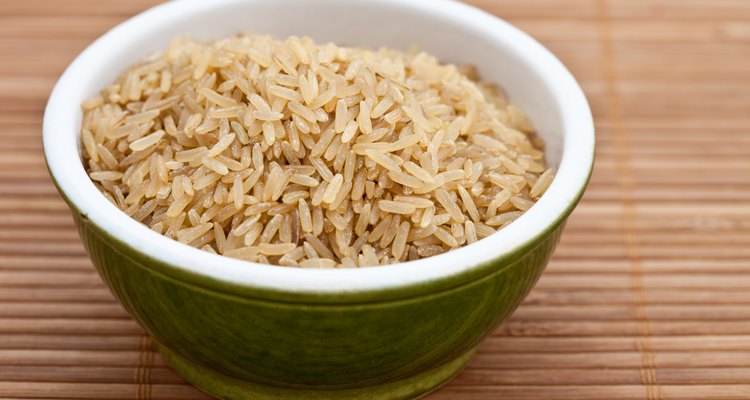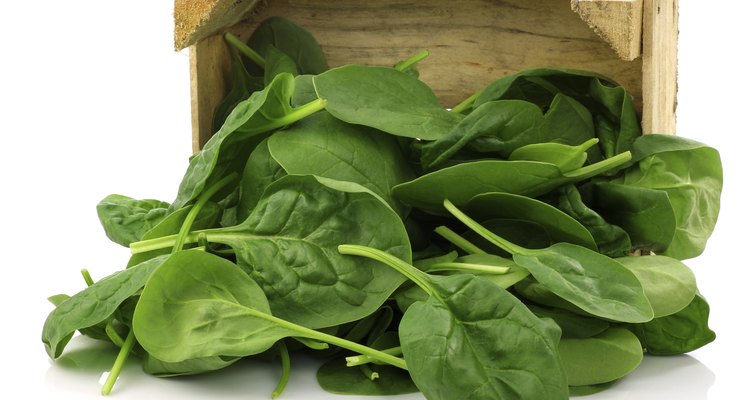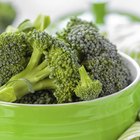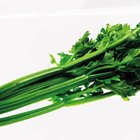
Robert Anthony/iStock/Getty Images
Betaine, a substance found naturally in some foods, plays a role in reducing levels of homocysteine in the blood, according to the National Institutes of Health. Homocysteine is a toxic substance in the body that can lead to osteoporosis and heart problems. Betaine plays a role in supporting proper liver function, preventing fatigue and blood clots. Betaine can be taken in supplement form or derived from food.
Whole Wheat Foods

Laboko/iStock/Getty Images
According to The USDA, foods that contain betaine include whole wheat breads and grains. Whole wheat foods are those that have not been stripped of their natural outer grain and are not refined. Good sources include whole-wheat bread and whole-grain cereals. Other sources include rolled oats, barley, quinoa and brown rice. Including these foods in the daily diet may help boost the betaine content in the body.
Beets

Valeria Tarleva/iStock/Getty Images
The USDA recognizes beets as a source of betaine, stating that it has been shown to provide anti-inflammatory, antioxidant and detox support in the body. The betaine is concentrated in the peel and the flesh of the beets making this food a good addition to the diet. Beets can be boiled and added to salads along with fresh vegetables and walnuts for a healthy and nutrient-rich meal.
Spinach

tpzijl/iStock/Getty Images
Spinach is a healthy vegetable that can be lightly steamed or eaten raw. The USDA states that spinach is one of the primary food sources of betaine. Due to its betaine content, spinach may be a good food in protecting against high homocysteine levels, fatigue and osteoporosis. Adding spinach to a sandwich prepared on whole grain bread can combine two good sources of betaine for a nutrient-rich meal.
Related Articles

A List of Foods That Contain Choline

Foods Rich in Magnesium & Phosphorus

What Are the Health Benefits of Pico De ...

Are Bean Sprouts Good for You?

Nutrition Information on Blueberries

Vitamin B2 for Hair Growth

L-Lysine for Hair Growth

Are There Foods That Heal Age Spots?

Fruits & Vegetables Rich in Potassium ...

What Vitamins Help the Liver?

Foods to Prevent Jaundice

Vitamins for Mental Alertness

Can You Juice Celery Leaves?

Food Sources of Phosphatidylcholine

Avocado Serving Size & Nutrition

Green Bean Nutrition

Can Eating Healthy Food Change the ...

Nutritional Facts of Fava Beans

What Is Agave Syrup?

The Nutrition of 15-Bean Soup
References
Writer Bio
Jill Andrews began writing professionally for various online publications since 2009. Andrews holds a Bachelor of Science in biochemistry/nutrition from Memorial University in St.John's, Newfoundland. She also holds a Bachelor of Science in occupational therapy from Dalhousie University in Halifax, Nova Scotia.
Photo Credits
Robert Anthony/iStock/Getty Images